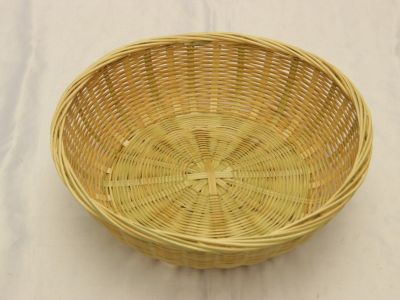Basket Willow Trees
There are three willow tree species commonly grown as basket willow trees:
Salix triandra, also known as almond willow or almond-leaved willow. Salix viminalis, often known as common willow. Salix purpurea, a popular willow known by a number of alternate names, including purple osier willow and blue arctic willow.
Some weavers prefer to plant all three basket willow trees. The trees are perfect for baskets, but basket willow uses are also ornamental, as the trees create a variety of bright colors in the landscape.
How to Grow Basket Willows
Basket willow trees are easy to grow in a variety of soil types. Although they adapt to dry soil, they prefer moist or wet soil. Similarly, the trees thrive in full sun but will tolerate partial shade. Willows are easily propagated by cuttings, which are simply pushed a few inches (7.5 cm.) into the soil in late winter to early spring. Water well and apply 2 or 3 inches (5-7.5 cm.) of mulch. Note: Some willow species can be invasive. If in doubt, check with your local cooperative extension before planting.
Basket Willow Tree Care
Basket willow trees grown for baskets are often coppiced, which involves cutting top growth down to the ground in late winter. However, some growers prefer to let the trees grow to their natural shape and form, removing only dead or damaged growth. Otherwise, basket willow tree care is minimal. Provide plenty of water for these moisture-loving trees. Fertilizer isn’t generally needed, but basket willow trees in poor soil benefit from a light feeding of a balanced fertilizer in spring.
